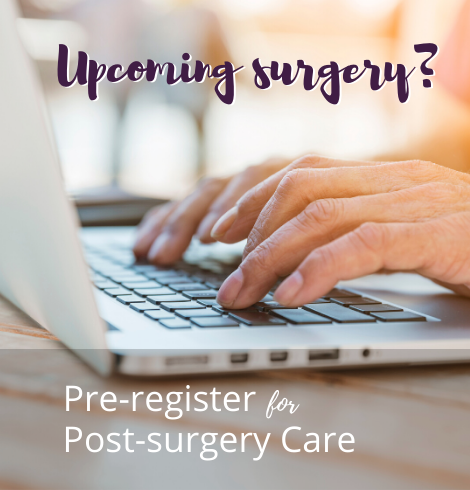Stroke Recovery
Stroke is one of the leading causes of long-term adult disability, affecting approximately 795,000 people each year in the U.S.
The very word “stroke” indicates that no one is ever prepared for this sudden, often catastrophic event. Stroke survivors and their families can find workable solutions to most difficult situations by approaching every problem with patience, ingenuity, perseverance and creativity. Early recovery and rehabilitation can improve functions and sometimes remarkable recoveries for someone who suffered a stroke.
There’s still so much we don’t know about how the brain compensates for the damage caused by stroke. In some cases, the brain cells may be only temporarily damaged, not killed, and may resume functioning over time. In other cases, the brain can reorganize its own functioning. Every once in a while, a region of the brain “takes over” for a region damaged by the stroke. Stroke survivors sometimes experience remarkable and unanticipated recoveries that can’t be explained. General recovery guidelines show:
- 10% of stroke survivors recover almost completely
- 25% recover with minor impairments
- 40% experience moderate to severe impairments requiring special care
- 10% require care in a nursing home or other long-term care facility
- 15% die shortly after the stroke
Therapy options:
Rehabilitation actually starts in the hospital as soon as possible following a stroke. In patients who are stable, rehabilitation may begin within two days after the stroke has occurred, and should be continued as necessary after release from the hospital.
The long-term goal of rehabilitation is to improve function so that the stroke survivor can become as independent as possible. This must be accomplished in a way that preserves dignity and motivates the survivor to relearn basic skills that the stroke may have impaired – skills like bathing, eating, dressing and walking.
- 7 day a week treatment
- Stroke recovery program
- Neuromuscular Electric Stimulation
- ACP Synchrony
- ACP Omnicycle



